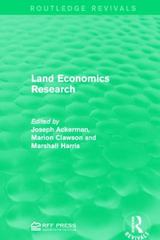Question
Q6) Suppose the Reserve Bank of Australia pursues contractionary monetary policy. This policy move will tend to cause: Select one: a.a decrease in i in
Q6) Suppose the Reserve Bank of Australia pursues contractionary monetary policy. This policy move will tend to cause:
Select one:
a.a decrease iniin the medium run and no change inrin the medium run.
b.an increase iniin the medium run and no change inrin the medium run.
c.no change iniin the medium run and an increase inrin the medium run.
d.a decrease iniin the medium run and a decrease inrin the medium run.
e.no change iniin the medium run and a decrease inrin the medium run.
Q7) Which of the following will cause an increase in current consumption?
Select one:
a.An increase in financial wealth.
b.An increase in human wealth.
c.An increase in current disposable income.
d.All of the above.
e.Both A and B.
Q 18) Which of the following will not cause aggregate private spending to decrease?
Select one:
a.A decrease in expected future output.
b.An increase in expected future real interest rates.
c.An increase in government spending.
d.An increase in future taxes.
e.A decrease in government spending.
Q20)Assume that an economy experiences both positive population growth and technological progress. In this economy, which of the following is constant when balanced growth is achieved?
Select one:
a.K.
b.AN.
c.K/N.
d.Y.
e.Y/AN.
Step by Step Solution
There are 3 Steps involved in it
Step: 1

Get Instant Access to Expert-Tailored Solutions
See step-by-step solutions with expert insights and AI powered tools for academic success
Step: 2

Step: 3

Ace Your Homework with AI
Get the answers you need in no time with our AI-driven, step-by-step assistance
Get Started


